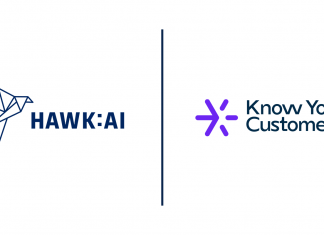Comprehending and deconstructing compliance obligations is the initial phase of a systematic Know Your Obligations (KYO) strategy. The primary goal here is to identify the main areas where attention should be centred. To put it simply, the central question becomes: What should we be monitoring?
In a previous report, MCO delved into the methodology of deconstructing these regulatory obligations. This essentially involves stripping away redundant elements and complexities to spotlight the aspects of paramount importance to your business. Ideally, these are compiled into a visual representation or map, ensuring adaptability as compliance necessities evolve within the enterprise.
In this continuation, MCO’s focus remains on the principle of simplification. Once the groundwork has been laid and a comprehensive snapshot of crucial regulatory obligations has been formed, the journey then pivots towards ensuring monitoring is both streamlined and clear. Decisions around which indicators warrant attention, and which ones could potentially be discarded, become central.
At this juncture, any financial institution should ideally have regulations linked to particular obligations, which then correlate with specific policies and procedures. Each aspect should be accompanied by meticulously defined metrics and assessment markers essential for oversight. It’s pivotal to record these data points and trace their lineage, making it accessible for compliance teams to revert to the original source.
Equally crucial is the establishment of boundaries between 1st and 2nd line tasks to clearly set expectations for each defence layer. By charting out roles in relation to compliance obligations and their associated policies in an Oversight Map, every element can be accorded a responsibility statement, ensuring that the lines of accountability are unmistakably defined for all involved parties.
The overarching aim of this second phase is to cultivate a perpetual awareness of how compliance controls measure up against the demands of regulations and intertwined policies. Should the initial phase have been executed meticulously, the resultant reporting against various criteria such as regulations, compliance controls, and strategic objectives will undoubtedly be more streamlined.
Every policy, procedure, and control can, in essence, be defined by one or more indicators that provide pertinent compliance data. These can either be quantitative – numerical metrics with predefined boundaries, or qualitative – evaluations from a procedure or control proprietor regarding the status of their items. These might span from automated control failure markers to outcomes of manual control checks.
A pivotal takeaway is the significance of precision when establishing these indicators. Failures frequently emerge from ambiguities, leading to misconceptions or complications in data gathering. Leveraging tried-and-tested processes already operational within the organisation can mitigate such challenges.
The benefits of establishing compliance oversight items beforehand are manifold. Not only does it streamline subsequent tasks, but it also reduces redundancy and ensures optimal governance. The outcome is a concise data lineage, enabling in-depth analysis of compliance information critical to the organisation. For senior executives and regulators, this clarity translates to easy access to comprehensive compliance updates and relevant regulations.
One cannot overstate the value of simplicity and lucidity, particularly for senior stakeholders overwhelmed by exhaustive dashboards and reports. A focus on pertinent compliance data and insights is pivotal for risk-based decision-making.
In wrapping up this stage of our Know Your Obligations strategy, we’ve laid the foundation for the final phase – evidencing compliance. Stay tuned for our subsequent entry, where we’ll delve into the nuances of this pivotal last step.
For institutions seeking assistance, MCO’s Know Your Obligations solution offers a robust framework, enabling continuous monitoring and fostering a culture of compliance throughout the organisation.
Read the story here.
Keep up with all the latest FinTech news here
Copyright © 2023 FinTech Global
Copyright © 2018 RegTech Analyst



